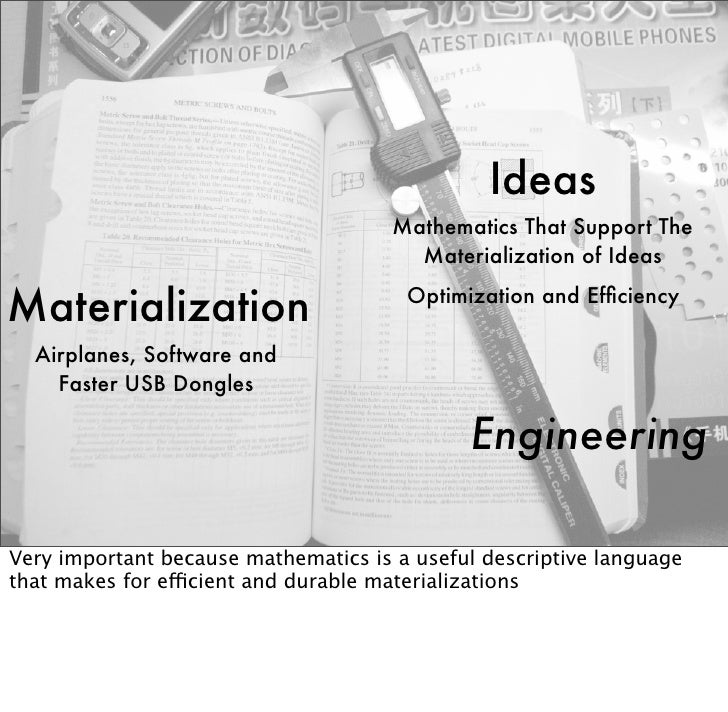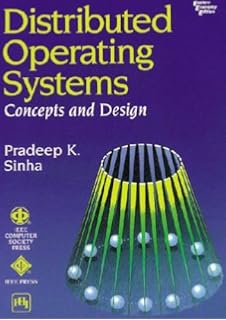The Art Of Compiler Design Theory And Practice
Sample Content Table of Contents 1. The Compiler Theory Landscape. Grammars: The Chomsky Hierarchy. Scanners and Regular Languages. Parsers and Context-Free Languages.
Semantic Analysis and Attribute Grammars. Syntax-Directed Code Generation.

[download] ebooks the art of compiler design theory and practice pdf of compiler design theory and practice a reading book. It can be your proper friend being in the. [download] ebooks the art of compiler design theory and practice pdf of compiler design theory and practice a reading book. It can be your proper friend being in the. Reviewer: Marian Gheorghe The fundamental topics of compiler design (lexical analysis, parsing, semantic analysis, and code generation.

Automated Bottom-Up Parser Design. Transformational Attribute Grammars. Code Generation.
Non-Procedural Languages. Appendix A: Itty Bitty Modula Syntax Diagrams. Appendix B: The TAG Compiler TAG. Appendix C: Itty Bitty Stack Machine Instruction Set. Appendix D: Code Generation Tables for Four Computers. Graphire 3 Driver Windows 10 here.
Research and practice in the application of software architecture has reaffirmed the need to consider software systems from several distinct points of view. Previous work by Kruchten [9] and Hofmeister et al. [6] suggests that four or five points of view may be sufficient: the logical view (i.e., the domain object model), the (static) code view, the process /concurrency view, the deployment/execution view, plus scenarios and use-cases. We have found that some classes of software systems exhibit interesting and complex buildtime properties that are not explicitly addressed by previous models. In this paper, we present the idea of build-time architectural views. We explain what they are, how to represent them, and how they fit into traditional models of software architecture.
We present three case studies of software systems with interesting build-time architectural views, and show how modelling their build-time architectures can improve developer understanding of what the system is and. Translators convert a program from one language to another, and are used to solve a wide range of problems, such as the construction of compilers, optimizers, and preprocessors. Although many tools support the creation of translators, these tools do not provide integrated support for debugging the translator or the output of the translator. This dissertation investigates the tracking of information necessary to provide debugging capabilities for those translators that are structured as a set of program transformations operating on a tree-based representation. In this setting I describe how basic debugging capabilities can be automatically and transparently defined without semantic knowledge of the languages being translated. Furthermore, advanced debugging support, relying on the semantics of the languages and transformations, can be incorporated into this basic framework in a systematic manner. To evaluate this approach I have constructed Khepera, a program transformation system wit.
The feedback compiler provides information from the backend of a compiler. This information is useful for beginning programmers, experienced programmers, teaching programming, and teaching compiler construction.
Activities that benefit from feedback include debugging optimized code, learning effective programming techniques, and porting programs to new architectures. Common subexpression and loop skewing are considered as example optimizations for which backend feedback is useful. Results of an experiment involving the feedback compiler are presented. 1 Introduction A compiler is divided into two ends: a front-end--- composed of a lexical analyzer (or parser) and a semantic analyzer---and a back-end---composed of an (optional) code optimizer and a (machine) code generator. Modern front-ends provide a programmer with a wealth of information regarding their operation (usually in the form of syntactic and semantic warning and error messages). In contrast, little, if supported by Natio. Large software systems often have complex subparts that engage in subtle relationships with the underlying technologies from which they are built.
Consequently, many such systems have complex and interesting architectural properties that can only be understood in the context of the various phases of system construction. We consider that modelling and extracting build-time architectural views of such systems are key to the software comprehension process. In this paper, we explore the notion of build-time architectural views and their relationship to well-known taxonomies of software architecture views. We present a simple notation for modelling build-time views, we present three detailed examples of systems with interesting build-time view, and we introduce a related architectural style --- the 'code robot'. Finally, we discuss some of our recent work in the design of a toolkit for extracting and modelling build-time architectural views.
Comments are closed.